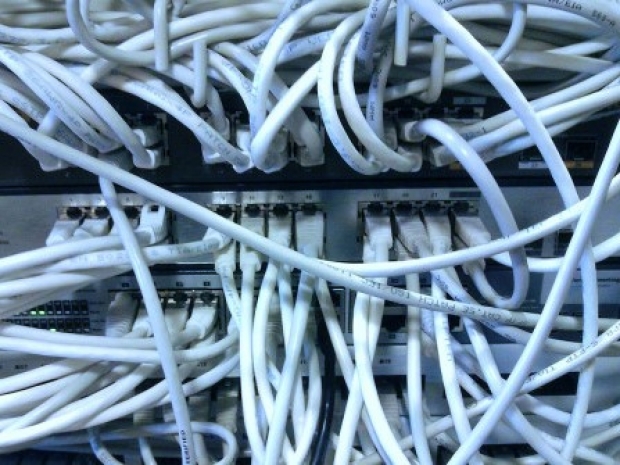The IEEE 802.3 Industry Connections New Ethernet Applications Ad Hoc has called for data contributions from individuals and organisations worldwide related to future network bandwidth growth trends.
Chairman John D’Ambrosia said the first IEEE 802.3 Ethernet Bandwidth Assessment report, published in 2012, was extensively referenced in industry reporting and roadmapping and greatly informed innovation around IEEE 802.3, IEEE Standard for Ethernet.
Since then the diversity of demands on Ethernet networks has exploded, and now it is time to reassess the industry’s current and foreseeable bandwidth needs around the world.
"I am excited to learn more about the use-case models that are unfolding and emerging applications that are taking shape worldwide”, he said.
Regularly updated with expanded capacity and features to support market demand since the IEEE 802.3 standard’s initial approval in 1983, Ethernet is developing amid unprecedented innovation on multiple fronts. Bandwidth demand on the technology is diversifying both across and within application spaces. The technology is being increasingly leveraged in industrial, data-center interconnect, mobile backhaul, augmented reality and virtual reality applications. Meanwhile, it is shouldering fundamentally different services within the automotive industry, supporting application traffic within the vehicle, as well as the wired backhaul connectivity for wireless traffic between the vehicle and the environment and infrastructure around it. Ethernet bandwidth needs are varying sharply from geographic region to region around the world.
The IEEE 802.3 Industry Connections New Ethernet Applications Ad Hoc seeks input from industry spanning the technology’s rapidly growing scope of use cases. The effort to produce the second bandwidth-assessment report was introduced at the IEEE 802.3 Interim Meeting, 10-14 September 2018 in Spokane, Washington, United States.
Deployment of technology defined by IEEE 802 standards is pretty widespread. New application areas are constantly being considered that might leverage IEEE 802 standards in their networks from wireless, through twisted-pair cabling, to fiber-optic cabling solutions. To better address the needs of all of these areas, IEEE 802 standards are constantly evolving and expanding. The success of IEEE 802 standards—from their inception through today—has been based upon their fair, open and transparent development process.

